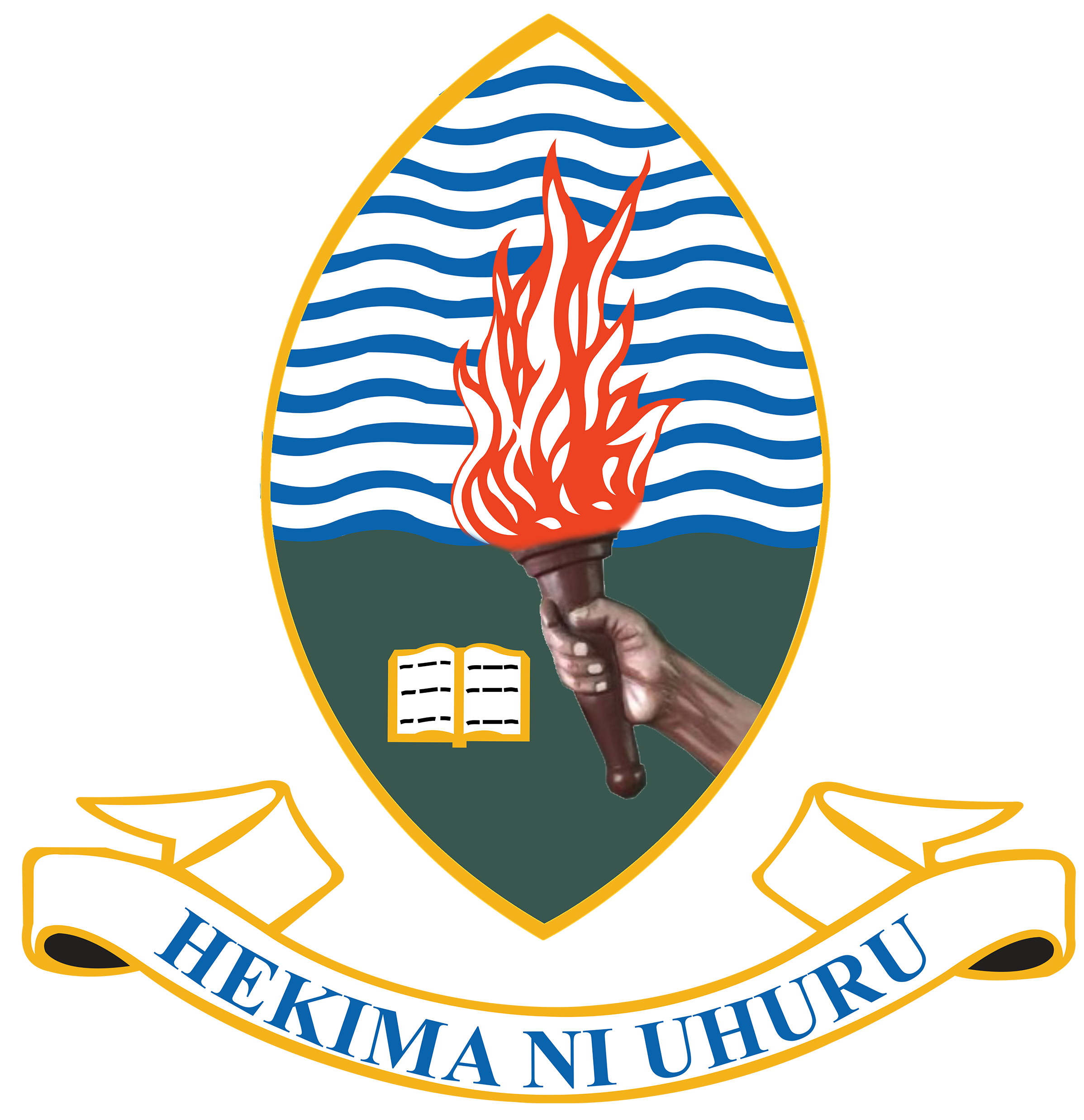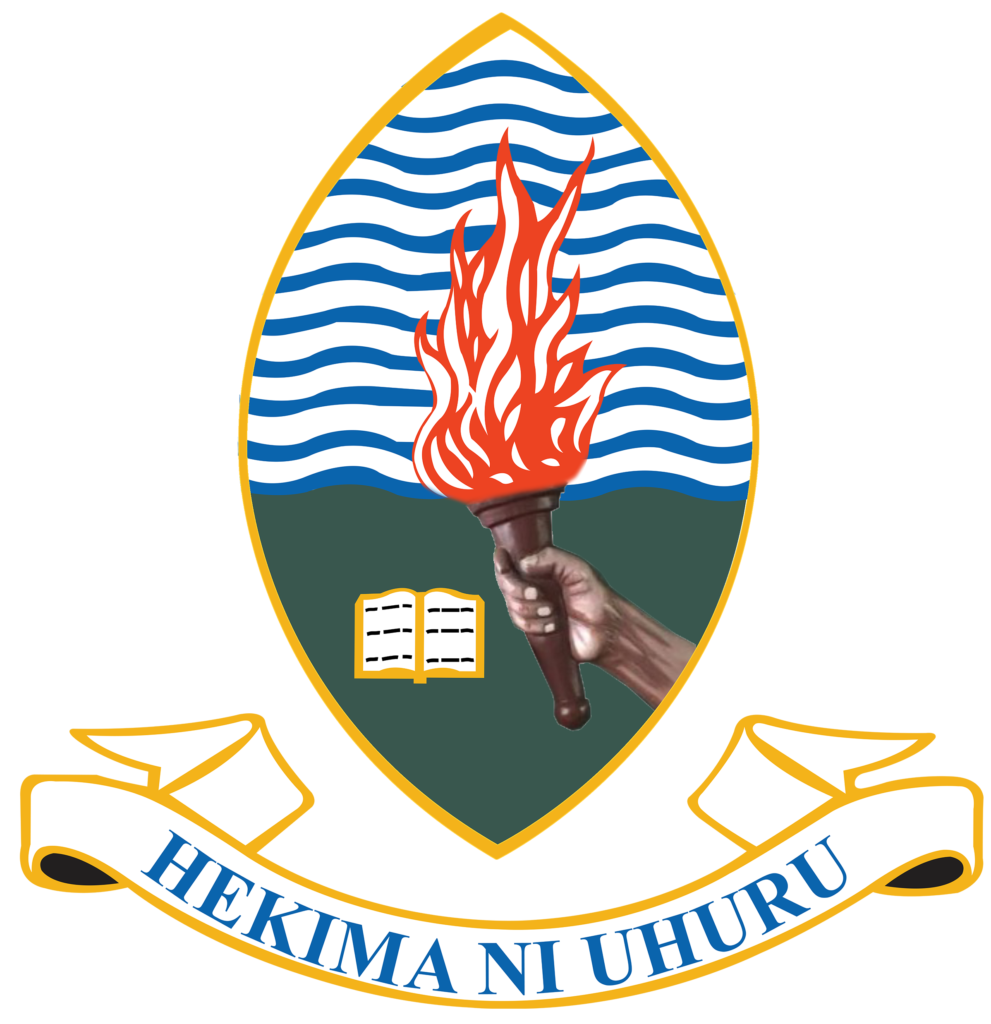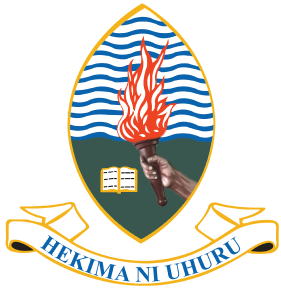Tanzania is upgrading malaria surveillance by streamlining case-notification and investigation forms and shifting key steps to automated eIDSR workflows, ensuring alerts move faster and data remain clean and actionable.
Objective: Align program, data, and technology teams on what to standardize and what to keep clinician-driven, improving the timeliness, completeness, and accuracy of malaria reporting.
Key Alignments:
-
Defined clear roles for automation versus manual entry
-
Standardized case classification and follow-up pathways
-
Strengthened location, household context, and referral tracking
-
Reduced duplication across tools, anchoring improvements in national standards and routine system use
Approach:
A human-centered design process guided updates to forms and workflows, supported by incremental system configuration and short feedback loops from field users to ensure practicality and adoption.
Way Forward:
Finalize forms and specifications, configure and pilot in selected sites, build user capacity, monitor data quality and reporting performance, and scale nationally under regular governance-led reviews.


